R63 Temperate inland salt marsh
Inland salt marsh and meadow of temperate and continental regions, characteristic of situations where fossil salt lies close to the surface or where relict seawater is present, resulting in brackish or saline ground and surface water. In more continental regions inland salt pans are more common, where the habitat is found in depressions within a matrix of salt steppes and as sub-halophytic meadows. Elsewhere in Europe, the habitat can be found in association with a variety of salty bedrocks and also on abandoned salt workings. The species composition is very varied according to the regional climate and particular site conditions.
Chytrý M., Tichý L., Hennekens S.M., Knollová I., Janssen J.A.M., Rodwell J.S. … Schaminée J.H.J. (2020) EUNIS Habitat Classification: expert system, characteristic species combinations and distribution maps of European habitats. Applied Vegetation Science 23: 648–675. https://doi.org/10.1111/avsc.12519
Version 2025-10-03, https://doi.org/10.5281/zenodo.16895007.
For the official presentation of the EUNIS Habitat Classification from the European Environment Agency, please see: EUNIS Terrestrial Habitat Classification 2021. The FloraVeg.EU presentation may show modifications and partial updates to the habitat classification.
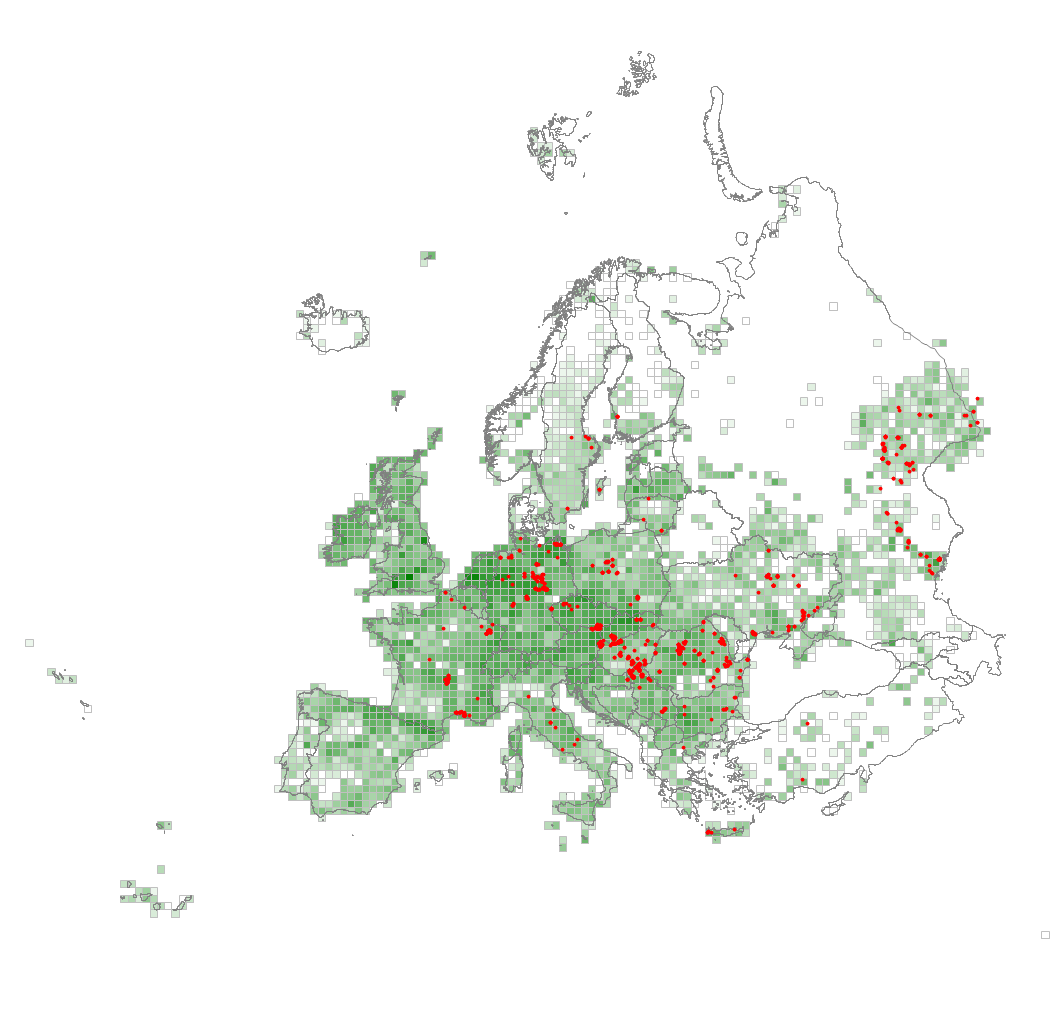
4.jpg)
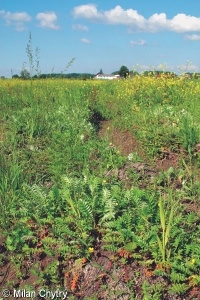
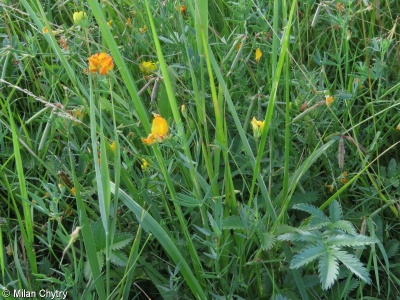
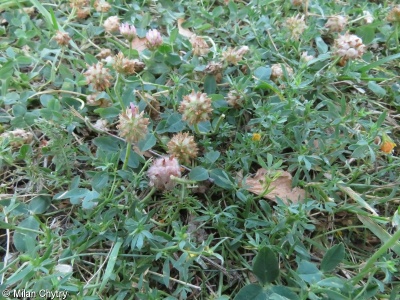
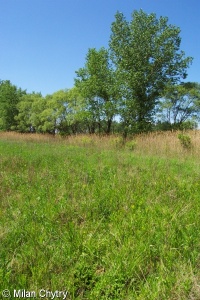
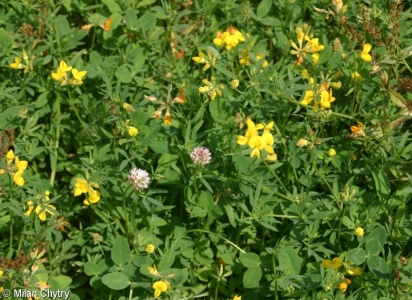
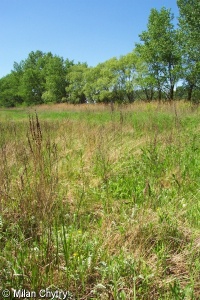
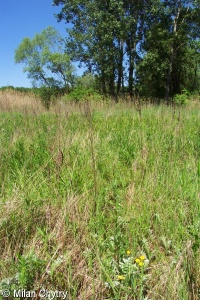
1.jpg)